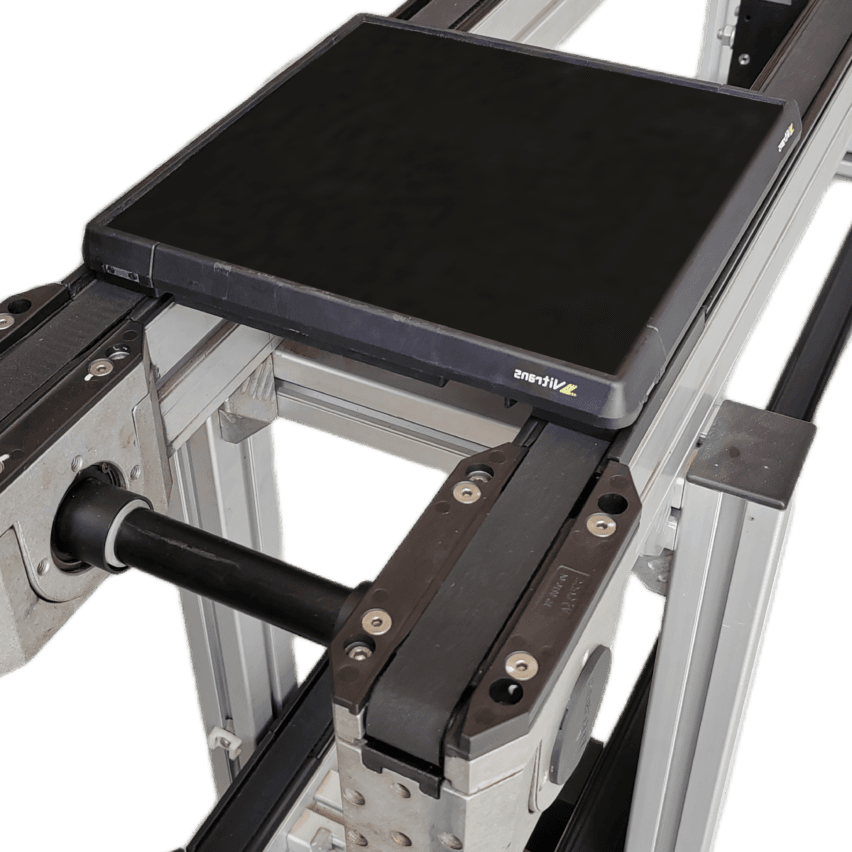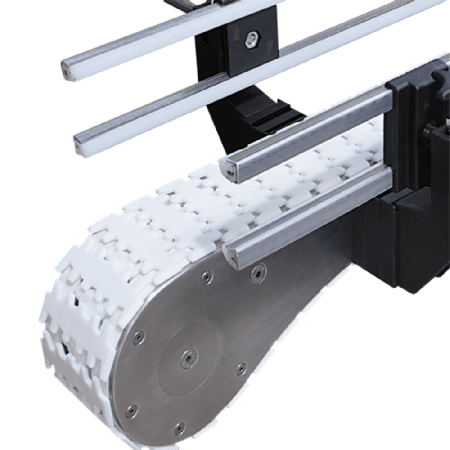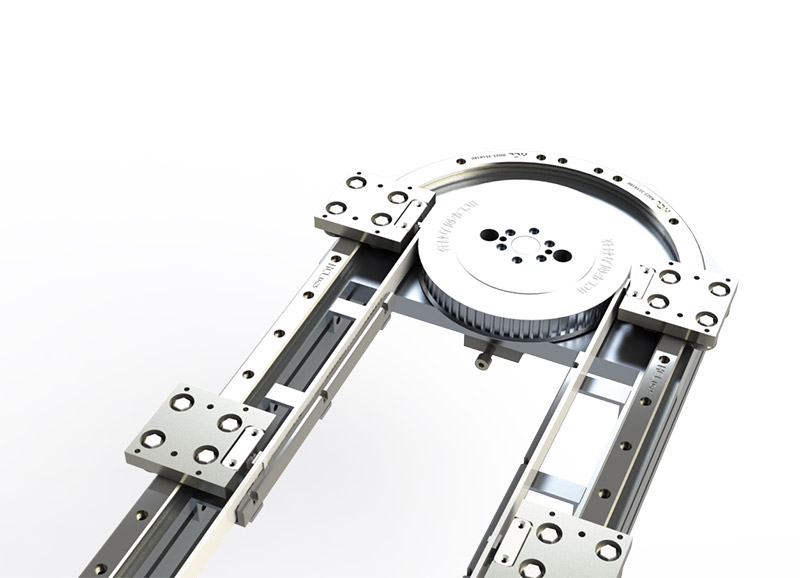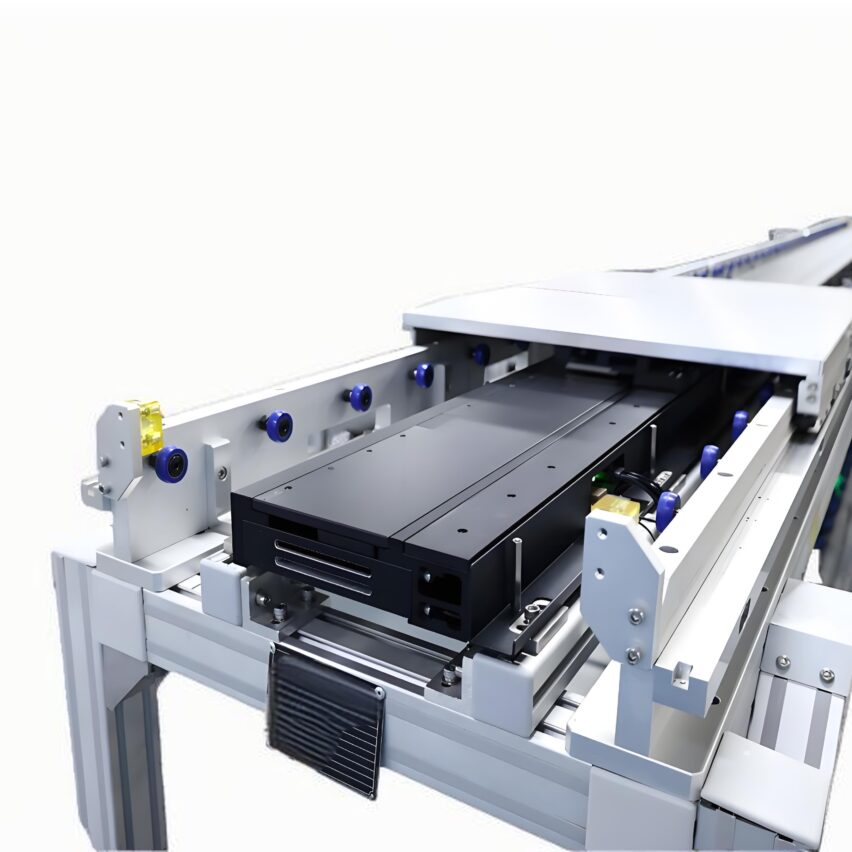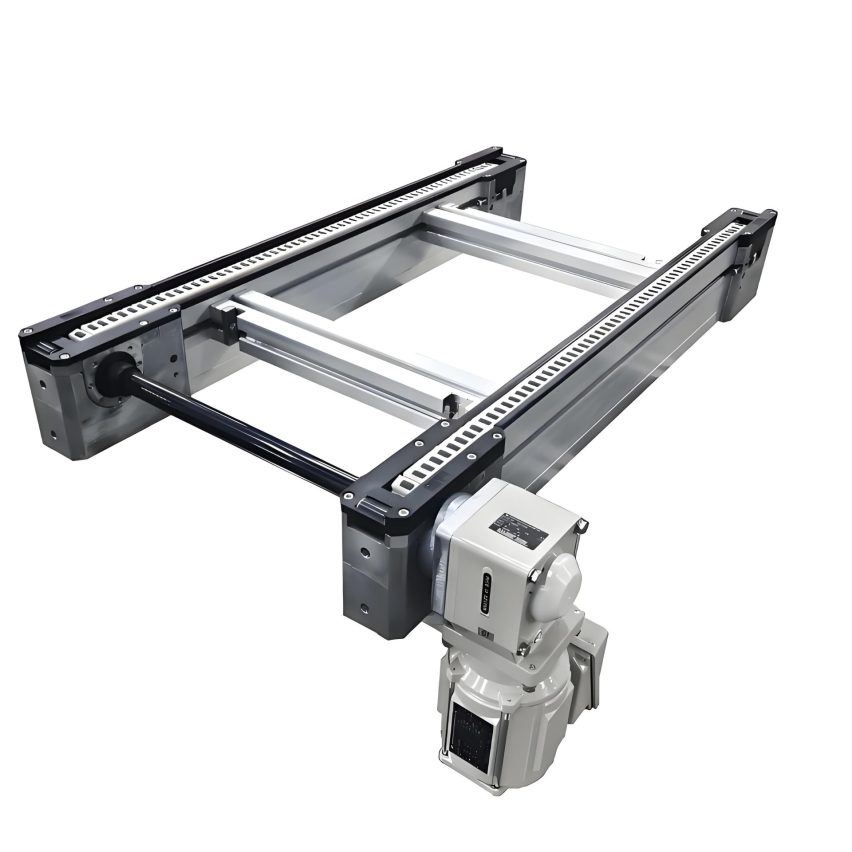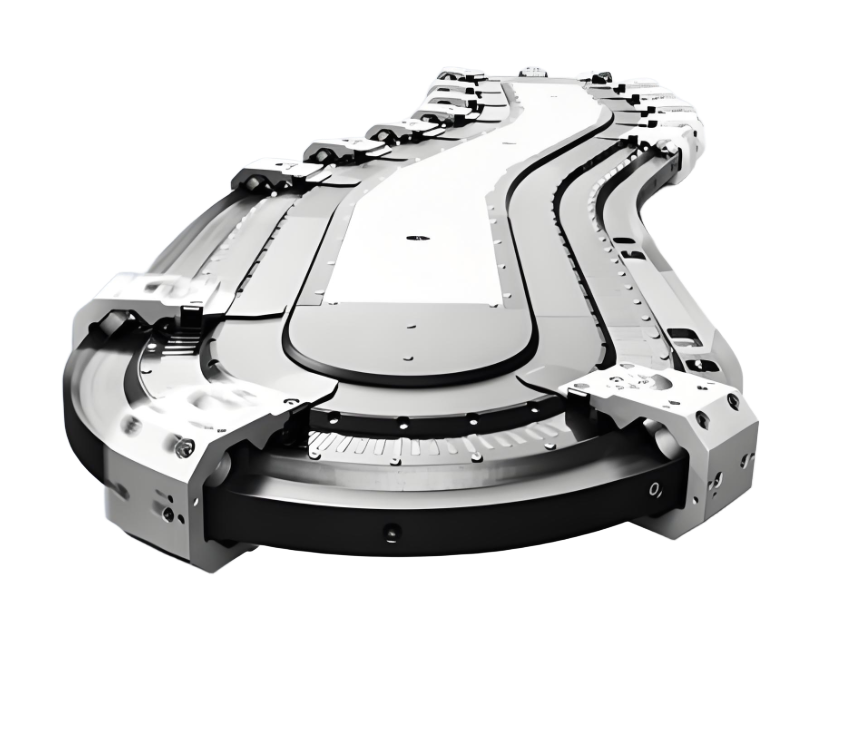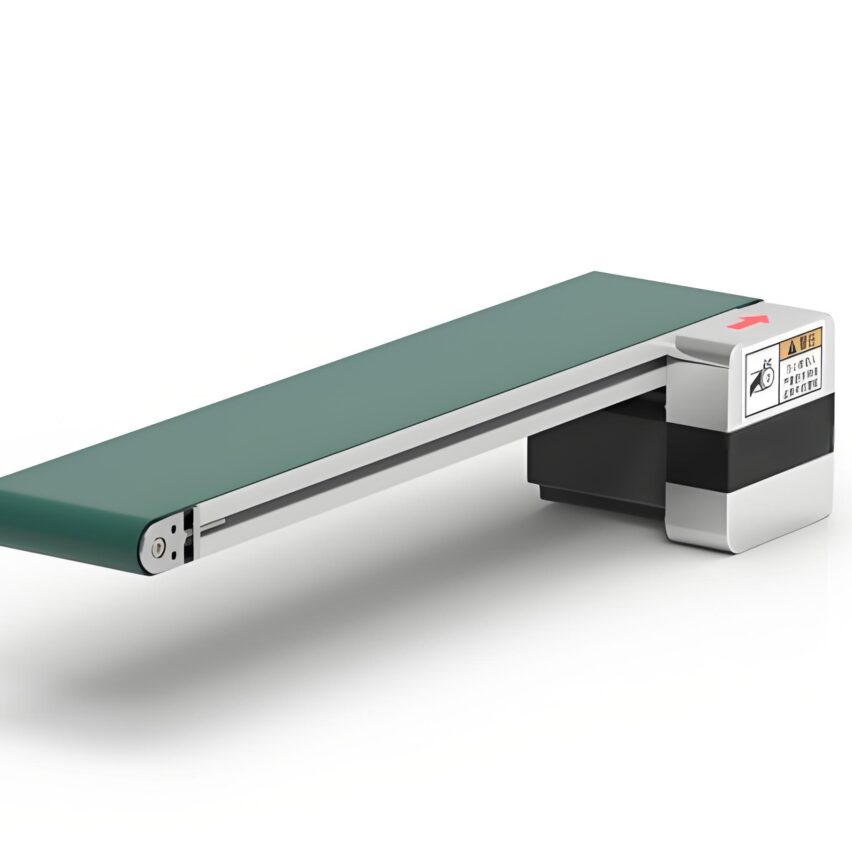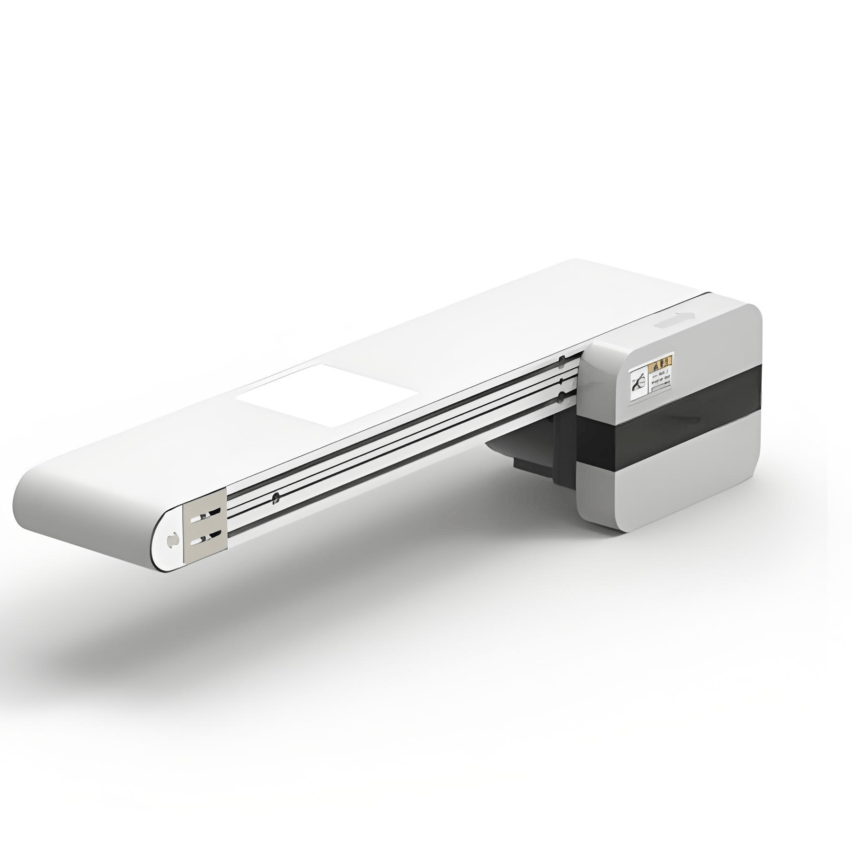Guess what the secret is to getting a car off the assembly line every minute in an auto factory? How can a white body on the assembly line (the unpainted skeleton of a car) whoosh forward without crashing? Today we're going to break it down and talk about the tough guys behind the scenes...Roller Matrixand its intelligent brain, guaranteed that even a white person can understand it!
I. Rolling Bed Matrix: "Smart Parking" for the Body-in-White
Imagine hundreds of "rotating cots" on wheels that form a giant chessboard. Each "bed" can turn in a 360-degree circle, and the body of the white car lies on a sled (similar to a pallet) and is pushed by these rotating beds.Here's the key.::
- Rotatable Roller BedIt's the core hardware that pushes the body horizontally one second and turns 90 degrees to immediately change to longitudinal delivery.
- Matrix Layout(e.g. 10 rows x 10 columns) Allow the body to choose a path from any position to the exit, as in chess where the "rook" can move vertically and horizontally.
- Troubleshooting DetourIt's a masterpiece! A rolling machine is broken? The system automatically plans a new route around it, and the line keeps running.
To put it bluntly, it's like giving every car aProprietary navigationA dead end? Doesn't exist!
Intelligent control: the "strongest brain" behind the scenes
Hardware is not enough.control unitIt's the real commander! It does three great things:
- real time monitoring::
- Scan each roll bed for body type (e.g., Model A SUV or Model B sedan)
- Keep an eye on the trouble spots (e.g. Roller bed #3 jammed)
- Path calculation::
- optimal path: Pick the shortest road with the fewest turns (saves time and uses less energy).
- Congestion managementTraffic jam? Immediately activate the "Rectangular Loop" mode, so that the bed rollers around the collective circle to make way!
- Precision execution::
- pass (a bill or inspection etc)Profinet communication networkSending commands to the rolling bed with a speed switching error of less than 0.1 sec.
- expense or outlayOptical scale + encoderReal-time calibration position, parking error control within ±1mm
give me a chestnut: Suddenly the red car has to be produced as a priority? The system immediately locks on to its position and clears the direct access - the car can be transferred out of the warehouse in 5 seconds!
Third, high-speed rolling machine VS traditional rolling machine: downgrade strike!
Why are all the mainstream car makers switching to high-speed rollers now? Just look at the comparison:
| comparison term | Conventional Roller | High Speed Roller |
|---|---|---|
| Beat (6 metres distance) | 10 seconds/unit | 5-6 seconds/unit⚡ |
| Maximum speed | crawl at a low speed (e.g. of a turtle) | 1.5 metres/second(Faster than a man can run) |
| positional dependency | Relying on more than 2 sets of sensors | Grating scale closed loop controlHalf the sensors. |
| Mode switching | Stop and restart. | Speed → positioning senseless switchingIt's as smooth as Dove. |
The traditional bed rollers look like classic cars, but the high-speed version is a supercar--Save time, save power and have fewer breakdowns!
Fourth, flexible production: multi-vehicle mixed line how to play?
One line produces SUV, sedan and MPV at the same time? Rolling bed matrix + intelligent control is easy to take:
- Sled Adaptive: The same skid is compatible with different chassis models by means of adjustable clamps.
- dynamic scheduling::
- Exit on the left? The system gives priority to the left roller bed.
- The exit is down? Transfer the matrix immediately and send it down.
- AGV linkage: After the heavy-duty bodies came off the line.Backpack AGVPack the airsled directly back to the starting point, eliminating the need for an air return line.
It's the equivalent of a production line with a "Transformer" body--Trams and petrol vehicles can mix freely, and orders can be inserted without any panic.!
Fifth, why is this system the favourite of car companies?
Why are factories willing to spend money on upgrades? Three hardcore advantages lay ahead:
- Efficiency Surge: the beat is pressed from 10 seconds to 6 seconds, and the capacity is pulled right up to full
- Space Slim: Matrix dense arrangement + ground AGV return skid, eliminating the need for aerial circulation steel frames
- fault tolerance: 20% Roller Strike? The remaining 80% still carry the output
Measured data from a plant.Reduction in downtime 40%The emergency order response is 3 times faster - the boss is waking up from his sleep with a smile on his face!
Personal opinion: the future is here, but it could be even fiercer!
The bed rolling matrix is now bull, but there are still big moves to hold:
- AI predictive scheduling: now rely on real-time calculations, in the future use big data to pre-judge congestion (e.g. predict that model A will blow up in the afternoon and vacate the channel in advance)
- Modular Rolling Machines: Putting together a production line like Lego, a new energy vehicle facelift? Three days to reorganise the matrix!
- Energy recoveryThe bed rollers turn kinetic energy into electricity when they brake, making it a green factory.
in a wordThis thing is not a cold machine, it's an intelligent network that makes cars "fly". The next time you see a car slide by on the assembly line, you'll be able to smile and say, "Hey, the matrix is at it again!"
References: Patent for rotatable roller beds, control solutions for high-speed roller beds, AGV ground return skid system


